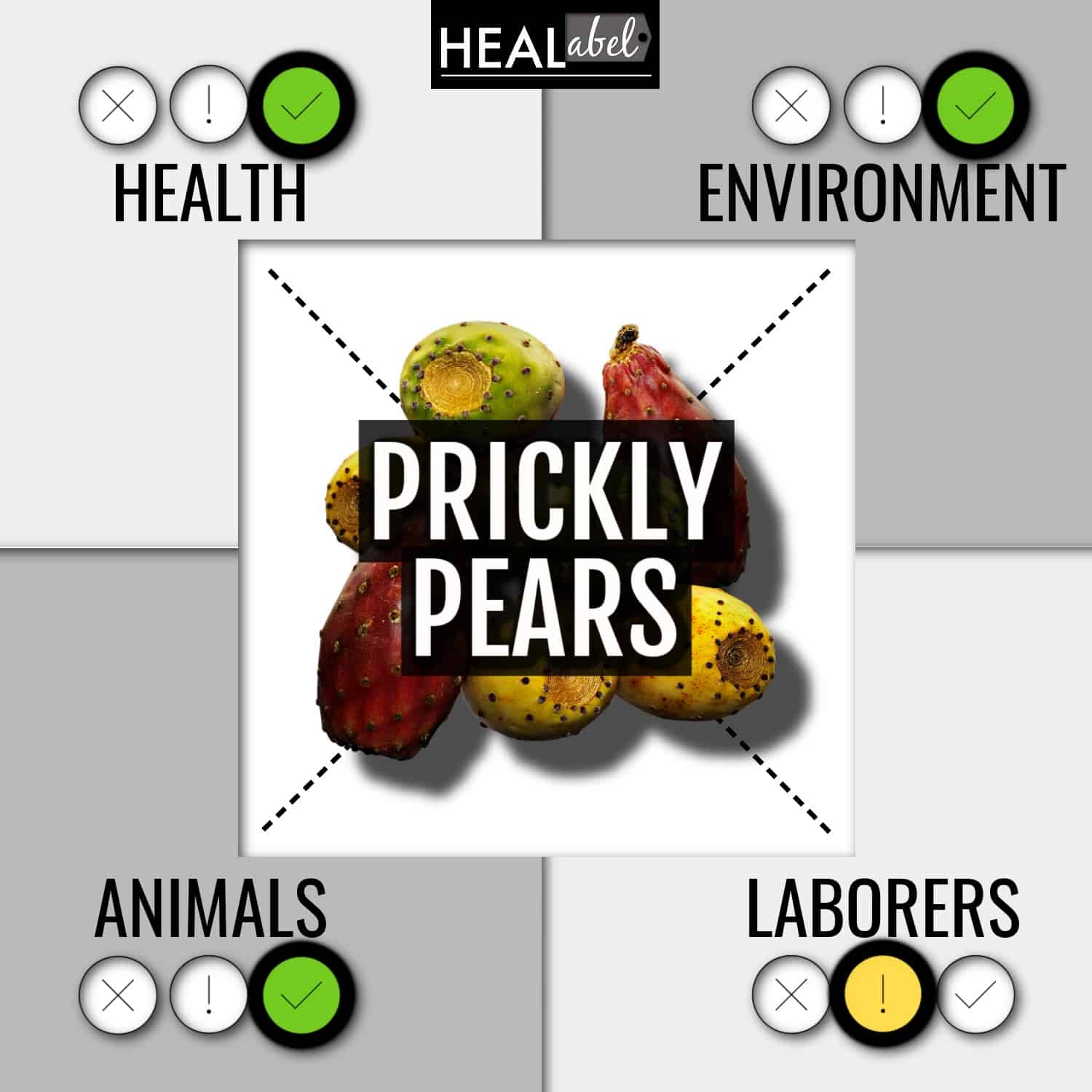7 Prickly Pear Benefits You Need To Know

The prickly pear cactus, a plant often overlooked despite its numerous benefits, has been a cornerstone of traditional medicine and culinary practices in many cultures, particularly in the Americas and the Mediterranean. This remarkable plant, with its vibrant flowers and nutritious fruits, offers a wide array of health benefits, making it a valuable addition to a healthy lifestyle. Here, we delve into seven key benefits of the prickly pear, exploring its nutritional value, medicinal properties, and potential uses.
Nutritional Powerhouse
One of the most significant advantages of the prickly pear is its nutritional profile. The fruits, often referred to as tunas, are rich in vitamins, minerals, and antioxidants. They contain substantial amounts of vitamin C, a potent antioxidant that plays a crucial role in boosting the immune system and fighting off free radicals in the body. Additionally, the prickly pear is a good source of dietary fiber, which can help regulate bowel movements, lower cholesterol levels, and control blood sugar levels. The high content of minerals such as potassium, magnesium, and iron makes it beneficial for maintaining healthy blood pressure, bone density, and preventing anemia.
Anti-Inflammatory Properties
The prickly pear has been found to possess anti-inflammatory properties, which can be beneficial in reducing the risk of chronic diseases such as heart disease, diabetes, and certain types of cancer. The antioxidants and flavonoids present in the plant help in mitigating oxidative stress and inflammation in the body. This makes the prickly pear a potential natural remedy for conditions characterized by inflammation, such as arthritis, and may also contribute to healthier aging.
Wound Healing and Skin Health
Traditionally, the prickly pear cactus has been used in the treatment of wounds, burns, and skin conditions due to its anti-inflammatory and antimicrobial properties. The mucilage (a thick, protective substance) from the cactus pads can be applied topically to promote wound healing, reduce the risk of infection, and soothe sunburns. Moreover, the vitamins and minerals in the prickly pear, especially vitamin C, are essential for the production of collagen, which is vital for maintaining healthy, youthful-looking skin.
Support for Digestive Health
The high fiber content in the prickly pear fruits can significantly contribute to digestive health. Dietary fiber helps in forming bulk, which can prevent constipation, reduce the risk of diverticulitis, and support the growth of beneficial gut bacteria. A healthy gut microbiome is crucial for a strong immune system, efficient nutrient absorption, and even mental health.
Potential in Managing Blood Sugar Levels
Research suggests that the prickly pear cactus may have a role in managing blood sugar levels, making it a potential adjunct therapy for individuals with type 2 diabetes. The fiber and pectin in the fruits can slow down the absorption of sugar into the bloodstream, thereby preventing sudden spikes in blood glucose levels. Additionally, some studies indicate that compounds in the cactus may enhance insulin sensitivity, further contributing to better glucose control.
Liver Protection
The antioxidants and other bioactive compounds in the prickly pear have been shown to have hepatoprotective effects, helping to protect the liver from damage caused by toxins, alcohol, and other harmful substances. A healthy liver is essential for detoxification, metabolism, and the production of vital proteins, making the consumption of prickly pear a potentially beneficial habit for liver health.
Cardiovascular Health
Lastly, the prickly pear’s impact on cardiovascular health should not be overlooked. The combination of its anti-inflammatory properties, high levels of dietary fiber, and rich antioxidant profile can help in reducing the risk factors associated with heart disease, such as high cholesterol, hypertension, and inflammation. By incorporating the prickly pear into one’s diet, individuals may see an improvement in their overall cardiovascular health, reducing the risk of heart attacks, strokes, and other cardiovascular diseases.
Incorporating Prickly Pear into Your Diet
Given the myriad benefits of the prickly pear, it’s worthwhile to explore ways to incorporate it into your diet. The fruits can be eaten raw, used in jams, or as a base for refreshing beverages. The pads of the cactus, after removing the spines, can be sautéed and used in a variety of dishes, similar to how one might use green beans or asparagus. Additionally, prickly pear can be found in supplement form for those looking for a more convenient method of reaping its benefits.
Conclusion
The prickly pear cactus, with its long history of use in traditional medicine and its rich nutritional profile, stands out as a valuable resource for promoting health and well-being. From its potential in managing chronic diseases to its benefits for digestive and skin health, this plant is a testament to the wealth of natural remedies available to us. As we continue to explore and understand the full spectrum of its benefits, the prickly pear cactus is likely to become an increasingly important part of a healthy, balanced lifestyle.
What are the main nutritional benefits of the prickly pear fruit?
+The prickly pear fruit is rich in vitamins, particularly vitamin C, and minerals such as potassium and magnesium. It is also a good source of dietary fiber, making it beneficial for digestive health and potentially helpful in managing blood sugar levels and cholesterol.
Can the prickly pear cactus help with wound healing?
+Yes, the mucilage from the cactus pads has been traditionally used to promote wound healing, reduce inflammation, and prevent infection due to its anti-inflammatory and antimicrobial properties.
How can I incorporate the prickly pear into my diet?
+The prickly pear fruits can be consumed raw, used to make jams and beverages, or as an ingredient in various dishes. The cactus pads can be cooked and eaten similar to vegetables. For those preferring a more convenient option, supplements are also available.
In conclusion, while the prickly pear cactus may appear intimidating at first glance, it offers a multitude of health benefits, ranging from its antioxidant and anti-inflammatory properties to its support for digestive and cardiovascular health. As with any new food or supplement, it’s essential to consult with a healthcare professional before making significant changes to your diet, especially if you have any underlying health conditions or are pregnant/breastfeeding. By embracing the prickly pear cactus and its fruits, individuals can potentially enhance their overall well-being and reduce the risk of various chronic diseases.


